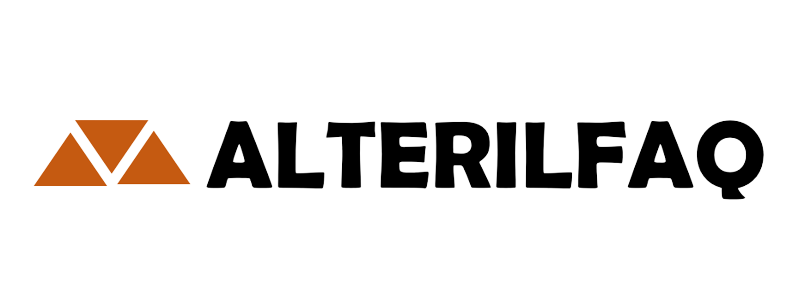The Process of Recycled Yarn Manufacturing: An ODM Perspective
Recycled yarn manufacturing has gained significant attention in recent years due to its environmental benefits and sustainable practices. In this article, we will explore the ODM (Original Design Manufacturer) process of recycled yarn production, with a focus on Hengli Group as a leading recycled yarn manufacturer.
Hengli Group: Pioneering Sustainable Solutions
Hengli Group is renowned for its commitment to sustainability and innovation in the textile industry. As a recycled yarn manufacturer, they have implemented advanced technologies and processes to transform post-consumer waste into high-quality fibers.
By partnering with recycling facilities worldwide, Hengli ensures a steady supply of raw materials for their manufacturing process. This collaboration helps reduce landfill waste while promoting circular economy principles.
In addition to their eco-friendly approach, Hengli also prioritizes product quality. Their state-of-the-art machinery enables them to produce recycled yarns that meet or exceed industry standards, making them an ideal choice for brands seeking sustainable alternatives.
The ODM Process: From Waste to Yarn

The ODM process at Hengli involves several key steps that ensure the transformation of waste materials into usable recycled yarn:
- Collection and Sorting: Post-consumer waste such as plastic bottles or discarded garments are collected from various sources and sorted based on material type and color.
- Cleaning and Shredding: The sorted waste undergoes thorough cleaning processes to remove impurities like dirt or labels. It is then shredded into smaller pieces for further processing.
- Melting and Extrusion: The shredded material is melted down using heat until it reaches a liquid state. It is then extruded through fine holes to form long filaments.
- Spinning and Drawing: The filaments are stretched, twisted, and drawn into thinner fibers. This process enhances the strength and uniformity of the yarn.
- Texturizing and Finishing: Depending on the desired characteristics, the yarn may undergo texturizing or finishing processes to enhance its softness, elasticity, or other properties.
The Advantages of Recycled Yarn Manufacturing
Recycled yarn manufacturing offers several advantages over traditional methods:
- Sustainability: By utilizing post-consumer waste as raw materials, recycled yarn production reduces reliance on virgin resources and minimizes environmental impact.
- Economic Benefits: Recycling waste materials creates new business opportunities while reducing disposal costs for municipalities and companies alike.
- Circular Economy Promotion: The use of recycled yarn encourages a circular economy model by extending the lifespan of discarded products through upcycling.
- Better Brand Image: Brands that incorporate recycled yarns in their products demonstrate their commitment to sustainability, attracting environmentally conscious consumers.
A Sustainable Future with Recycled Yarn Manufacturers
In conclusion, Hengli Group exemplifies how a recycled yarn manufacturer can contribute to a sustainable future. Through their ODM process and dedication to quality, they have set an industry standard for eco-friendly textile production. As more brands recognize the importance of sustainable practices, partnering with reputable manufacturers like Hengi becomes crucial in achieving a greener fashion industry overall.</p

